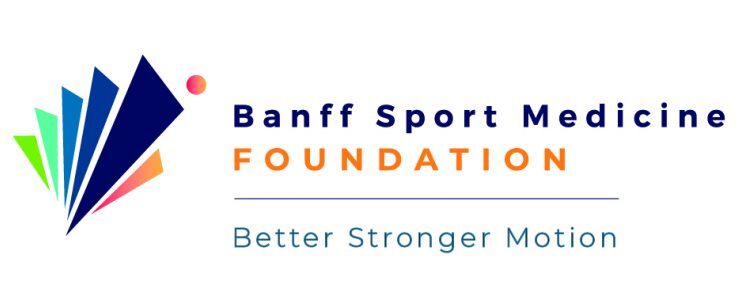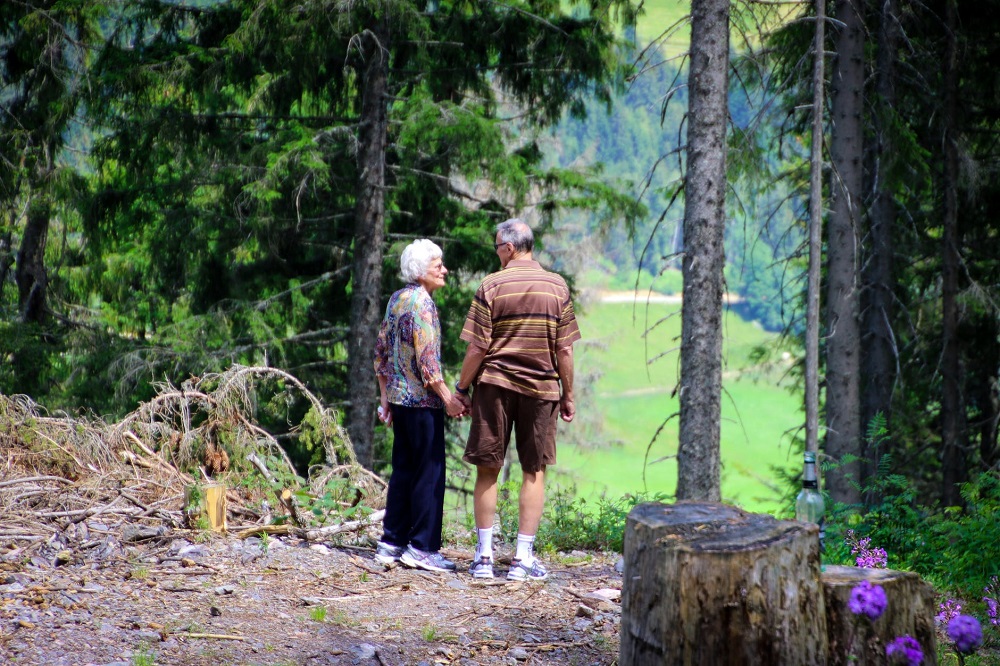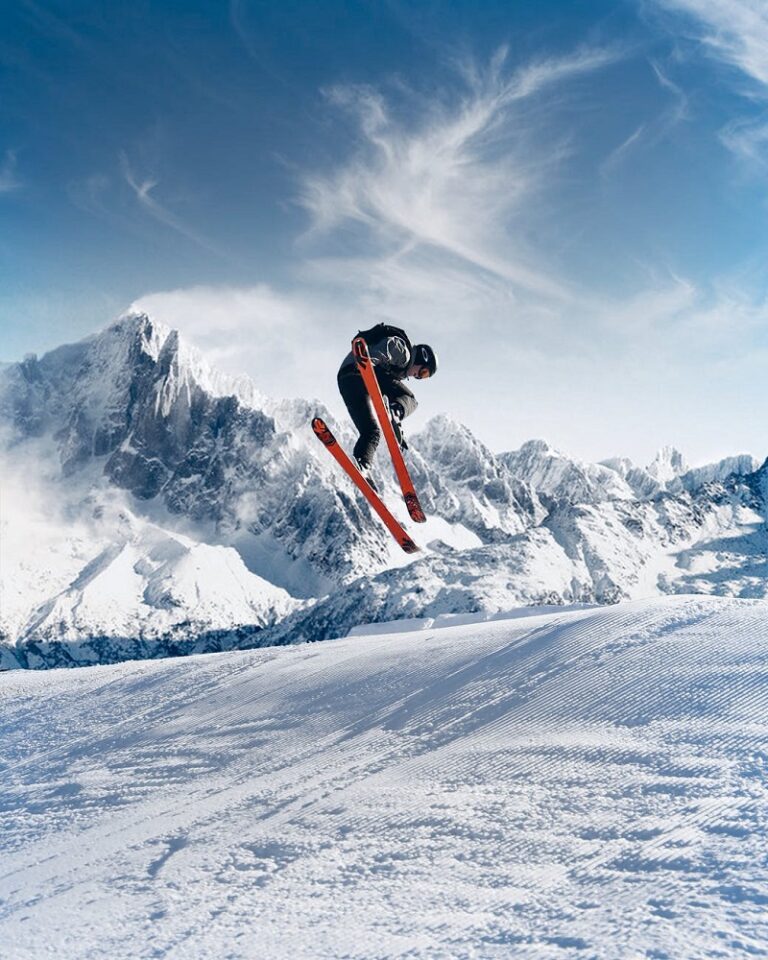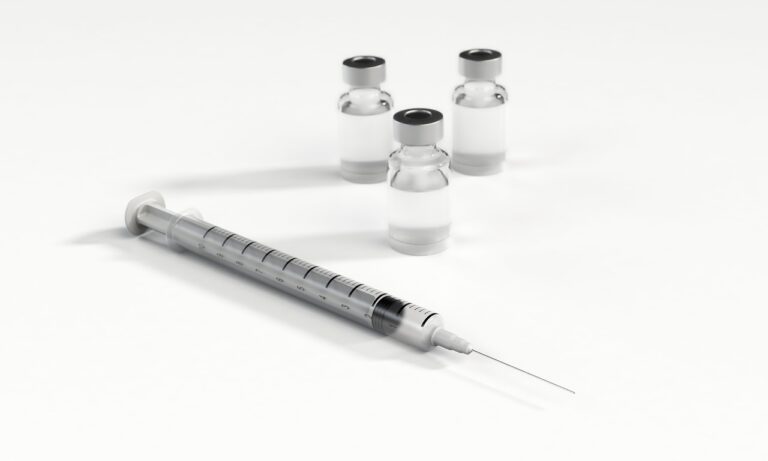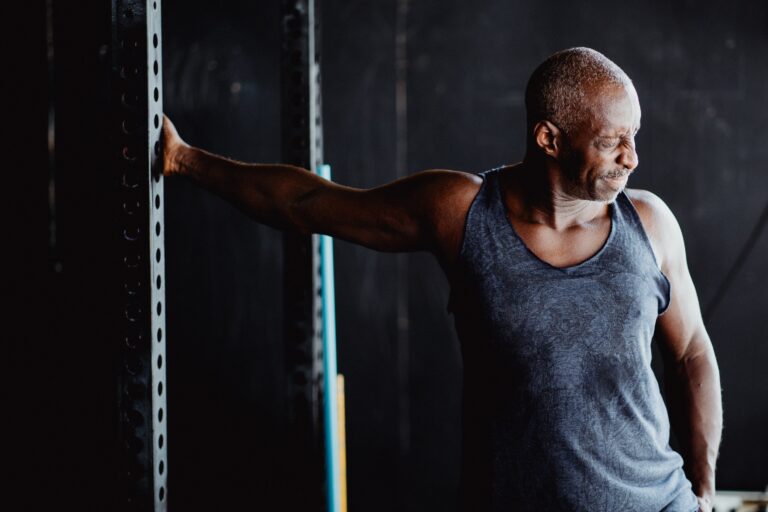Mastering Aging and the musculoskeletal system
Banff Sport Medicine Physician, Dr Andy Reed, discusses simple things we can do to help prevent frailty as we age.
Take a read and make sure to incorporate at least one of these into your daily routines!
Read his original article in the Bow Valley Crag & Canyon here.
A major problem we see in the elderly is frailty.
This frailty refers to the age-related decline in muscle mass and muscular strength – known as sarcopenia – and the loss of balance that accompanies this.
Frail adults slip, fall and break bones.
This can be a devastating event, and can lead to loss of independence, depression, and reduce our health span and life expectancy.
I remember learning that females are more likely to die from the complications of a hip fracture than from breast cancer, and being astounded by this fact. A hip fracture can be a significantly life changing event.
What can we do to prevent frailty as we age?
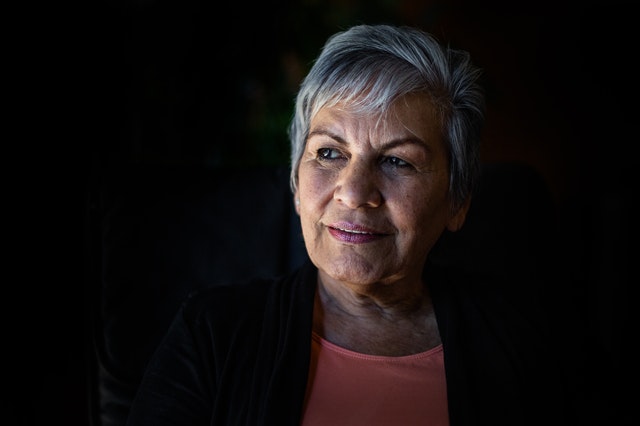
Whilst some of the effects of aging are inevitable and cannot be prevented – think grey hairs, baldness and wrinkles – our musculoskeletal system (bones, muscle and connective tissues) seem to be particularly responsive to interventions, and remain responsive throughout our lives.
We can reverse the changes that occur in our aging skeletons. There is a lot we can do, and it’s never too late to start.
Better bone health
Firstly, let’s look at our bones and what we can do. We reach our peak bone mass at around age 35, after which there is a progressive decline. In females this decline accelerates after menopause. Decreasing bone mass increases the chances of a fracture. Other factors can also impact our bone density, including poor nutrition, alcohol and smoking.
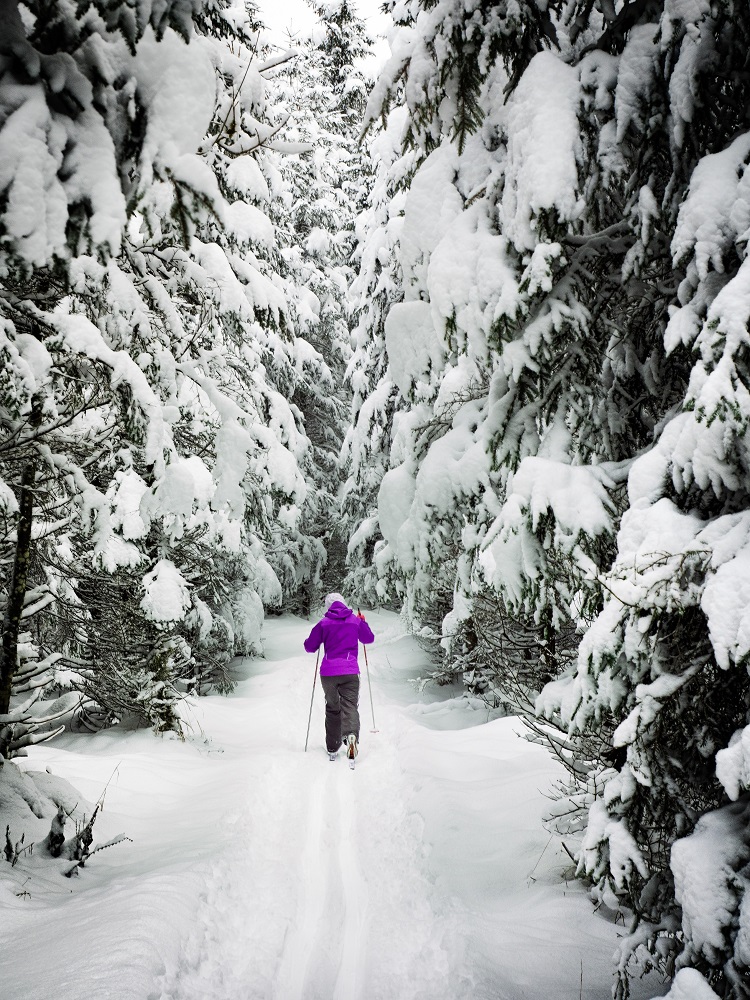
Heavy chronic alcohol consumption, particularly in adolescence and early adulthood, has been associated with a reduction in our peak bone mass and an increased risk of osteoporosis (brittle bones). Moderate alcohol consumption, interestingly, has been shown in some studies to improve bone density, so the message would be to keep your intake modest, never a bad idea.
Smoking is another lifestyle factor that’s been linked to osteoporosis. It’s tough to prove that smoking negatively impacts bones directly, as we know that smokers often exercise less, drink more alcohol and tend to be thinner, all of which can affect our bones, but no one would disagree that it’s never a bad thing to quit smoking.
Weight bearing aerobic activity, by which I mean walking, dancing, jogging, stair climbing and cross country skiing among others, either improve or prevent the age related decline in bone mass.
The exact dose of exercise needed hasn’t been fully defined but I would aim for 30 minutes of weight bearing activity daily at a minimum to improve bone health.
You’ll get all of the other metabolic benefits of moderate activity as a bonus, and you’ll have better coordination, balance and stronger muscles.
Resistance exercise (weight lifting) has consistently been shown to have beneficial effects on our bone density, and I suspect is one of the most commonly neglected strategies to combat aging.
In addition to improvements in bone density, resistance training improves muscle mass and strength, and can effectively reverse sarcopenia.
It’s never too late to start, and studies have shown that even nursing home residents with an average age of 85 can improve their muscle mass, strength and balance with twice weekly resistance training.
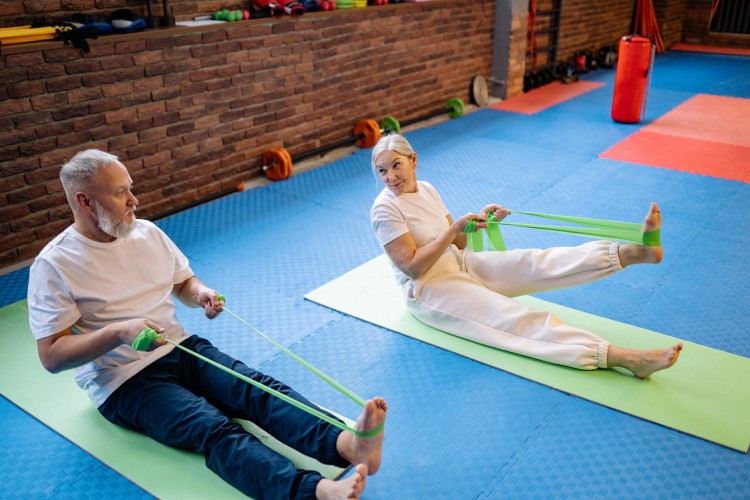
Lifting weights combats declines in testosterone, estradiol and growth hormones. Lifting weights helps us preserve the number, size, and type of muscle fibres in our skeletal muscles. We preserve our fast twitch type 2 muscle fibres, and overall we maintain the size and number of all our muscle fibres.
This may be one of the reasons why falls are less likely to occur. Stronger, faster muscles help us to correct slips, and if we do fall, we have better bone density. It’s a win win.
An exact dose is again difficult to quantify, but something is always better than nothing.
I would encourage active older adults interested in strength training to start easy, aiming for 2-3 sets of 8-12 repetitions of several different exercises to target multiple muscle groups – both the upper and lower body – but to increase the weight as technique and confidence improve.
As with the cardiovascular system, it seems that some intensity adds extra benefits. Heavier is better. Perform exercises twice a week. Body weight exercises such as push ups, pull-ups, squats and step ups are a good substitute whilst the gyms are closed.
The use of supplements
Lastly, I will briefly touch on a couple of supplements that can be beneficial as we age.
Vitamin D has wide ranging health benefits. There are proven positive effects on bone health and muscle strength. Adults in Canada are particularly prone to vitamin D deficiency, so if you are not taking it in the winter months, you should be. I recommend 1000iu daily.

If you begin a resistance training program, then ensure your daily intake of protein is adequate. This is necessary to ensure that all of that lifting translates to repair and adaptation in our muscle and bone.
Adequate protein intake can be achieved through diet alone, but whey protein, which is rich is leucine, an amino acid that essentially sends a signal our muscles to adapt, is readily available and is a convenient supplement to use. 40 grams after lifting is probably optimal for those over 40 years of age.
Lastly, there is growing evidence that the supplement creatine monohydrate can improve muscle strength and bone density, and help preserve our muscle mass as we age. There are over 1000 published studies now. It’s safe, free of adverse effects and cheap too which is a bonus. I add 5g to my coffee every morning, and I recommend you do too.
Expert Contributor
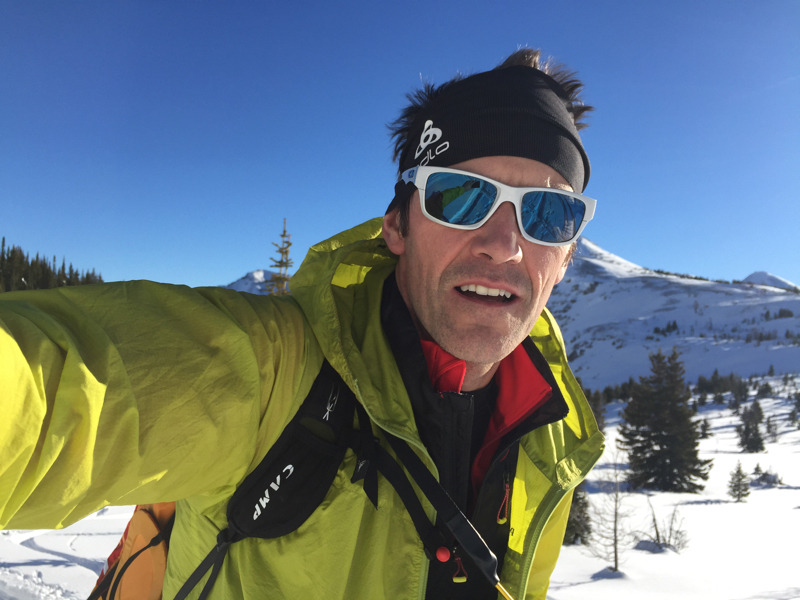
Dr Andy Reed, Banff Sport Medicine Physician
